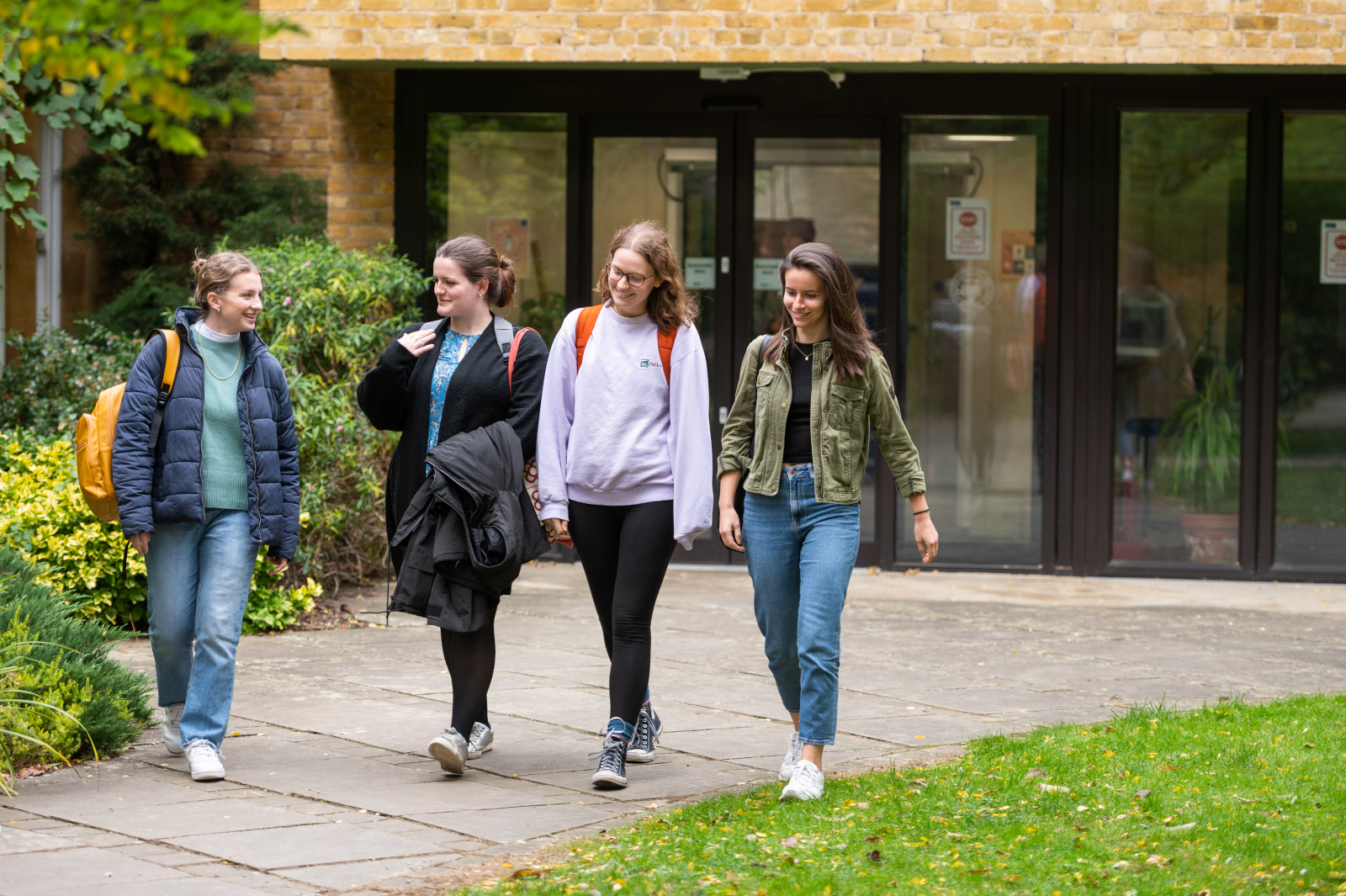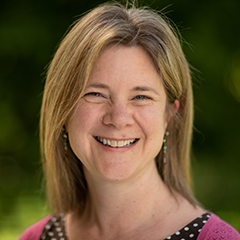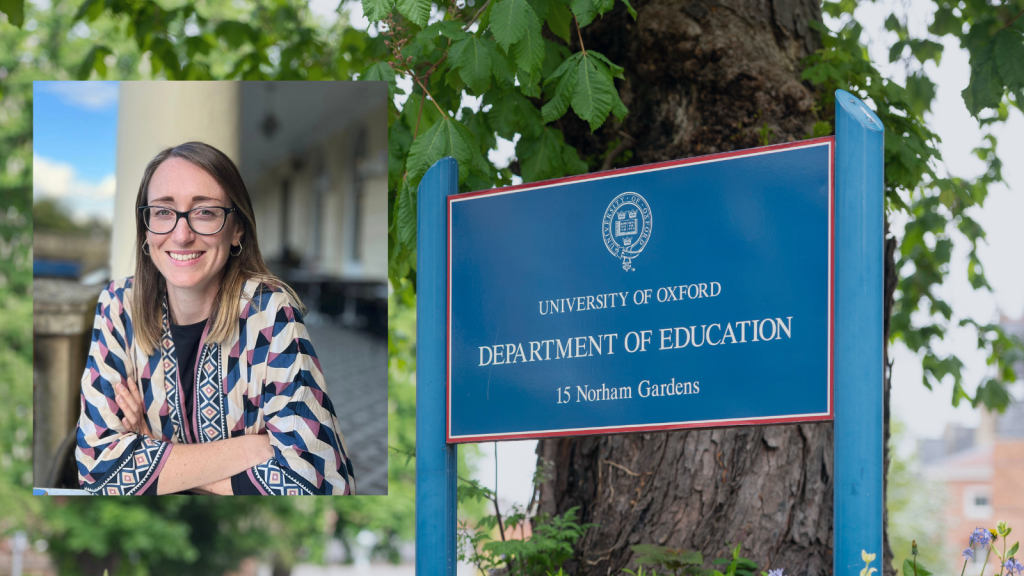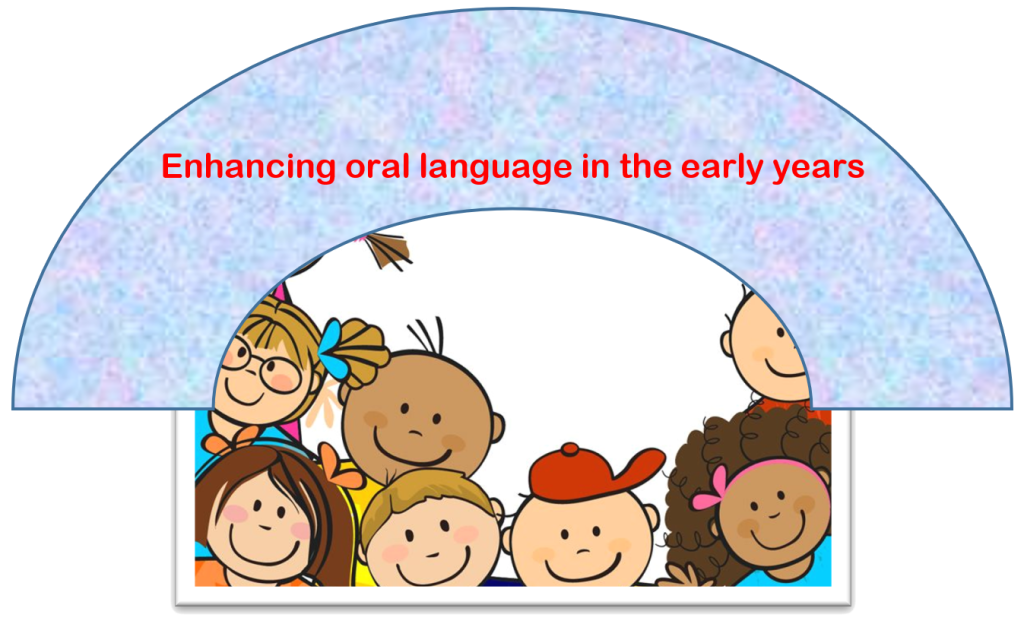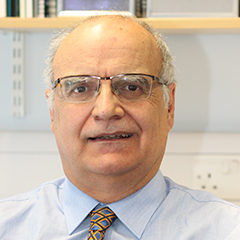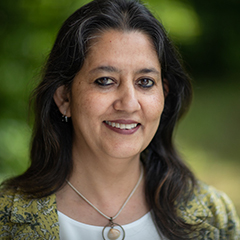The Project
Looked after children (LAC) are those for whom the state assumes parental responsibility because the adults caring for them – usually the birth parent/s – are no longer able to. In England, 60 per cent of LAC enter care following abuse or neglect (DfE, 2016b). The majority (74 per cent) are placed with a foster carer, either a registered foster parent or ‘kinship care’ with a relative or friend (DfE, 2016b) rather than in residential children’s homes; and for very young children this proportion is even higher.
The number of LAC in England has been rising steadily in recent years, reaching 70,440 in 2016: the highest number than at any point since 1985 (DfE, 2016b, Zayed & Harker, 2015). Government data show that LAC have significantly poorer educational outcomes than children not in care throughout primary and secondary school, with the gap widening as children get older. By secondary level, only 18 per cent gained five GCSEs at grade C or higher in 2015, compared to 64 per cent of children not in care (DfE, 2016c). Beyond compulsory education, just seven per cent of care-leavers in England progressed to higher education in 2014, compared with 50% of the general population aged 17 to 30 (DfE, 2014a). LAC are also four times more likely to have a special educational need than children within the general population, and almost ten times more likely to have a statement of special educational needs or an education, health and care plan (DfE, 2016c).
Just under one fifth of the 70,440 children in care at the 2016 census date were under the age of compulsory schooling3 although the population is very fluid, with children frequently moving in and out of care. While data (in England, at least) are not available on the progress of LAC prior to school-age there is strong evidence for disadvantaged children more broadly that the attainment gap begins well before primary school. For example, disadvantaged children are already almost a year behind their more advantaged peers in terms of vocabulary development by the age of five (Waldfogel & Washbrook, 2010). Given that many LAC are from disadvantaged homes (Simkiss et al., 2013) there is a good reason to believe that the same applies for this vulnerable group.
There is also strong evidence that attending early years provision can help disadvantaged children catch up with their peers (Sylva et al., 2010), with the benefits both more significant and more sustained if provision is of good quality (Sylva et al., 2010; Smith et al., 2009). In England, all three and four-year-old children are entitled to a free part-time ‘early education’ place within an early years setting, with take-up rates of more than 90 per cent within the general population. Recent policy initiatives such as free early education for disadvantaged two-year-olds (for which all LAC are eligible) and the early years ‘pupil premium’ for disadvantaged children offer huge potential to improve access to – and the quality of – early education for LAC. However at present not enough is known to ensure that these benefits translate into improved outcomes. We know little about the degree to which LAC access early years provision and – if so – whether it is of sufficient quality to reduce their risk of developmental delay. This exploratory study aims to address this gap, and explore the current situation in England.



